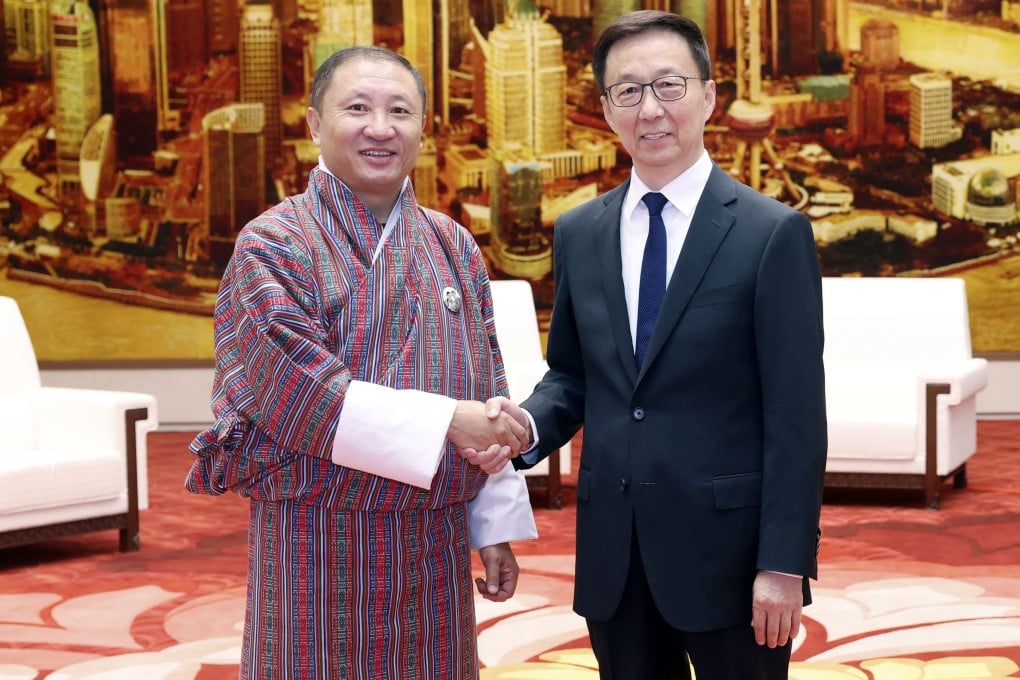Why Bhutan’s tilt towards China may ‘significantly change’ regional dynamics
- Negotiations on border dispute and diplomatic ties moved forward when top diplomat visited Beijing
- Small Himalayan kingdom is sandwiched between two Asian giants competing for influence

At the heart of border negotiations between Beijing and Thimphu, which began in 1984, is the disputed tri-junction on the Doklam plateau between China, Bhutan and India – where Chinese and Indian troops had a tense 73-day stand-off in 2017.
Negotiations on the border dispute and diplomatic relations reportedly made progress during Bhutanese Foreign Minister Tandi Dorji’s visit to Beijing, the latest sign that China’s ties with one of India’s closest allies are warming, according to observers.
They said that settling the border issue – aside from raising concern in New Delhi about Bhutan’s tilt towards Beijing and China’s inroads into South Asia – could have implications for regional geopolitics, and the international system.

Dorji appeared to get a warm reception last week when he visited Beijing for the first official boundary talks in seven years. He met Vice-President Han Zheng and Foreign Minister Wang Yi and was given a tour of historical landmarks in the capital, according to China’s foreign ministry.